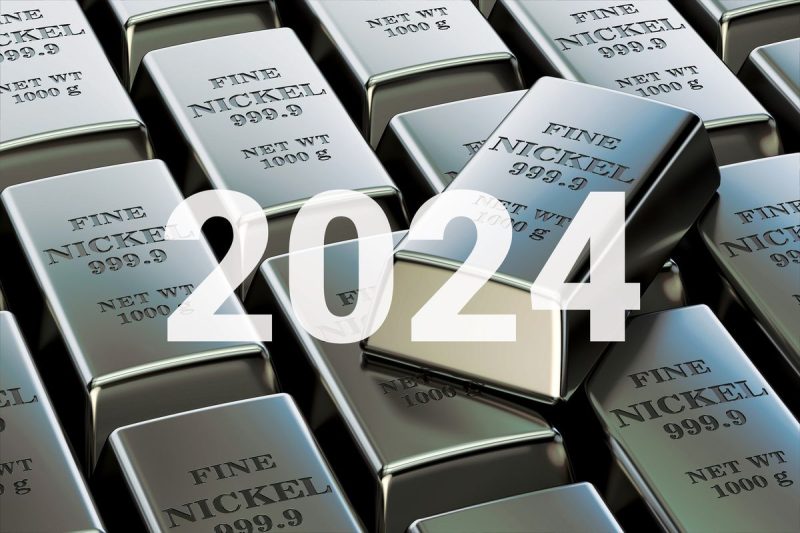Market Overview
Between January and March of 2024, the global nickel market experienced several unprecedented changes. The price of nickel reflected both the outcomes of geopolitical events and predicted market trends, resulting in broad price change throughout the first quarter.
During Q1 2024, the nickel price was affected by a multitude of influential factors. The chief among them was the COVID-19 recovery, the growing electric vehicle (EV) market, and geopolitical tensions. In addition, tightening environmental policies worldwide impacted nickel mining, refining and recycling operations.
Pricing Dynamics
The first quarter saw an overall bullish trend for nickel prices. The average nickel price in January started at around USD 19,000 per tonne, driven by strong demand from the stainless steel industry and an optimistic EV market forecast.
However, several unexpected geopolitical events caused market volatility. Nickel prices reached their peak in mid-February at approximately USD 21,500 per tonne due to the tension between Russia and Ukraine. Russian nickel production plays an integral role in the global supply, and the escalation of the geopolitical crisis concerned the market, leading to investment in nickel as a ‘safe haven’ asset.
By the end of March, the nickel price had slightly corrected itself due to market stablization and was hovering around USD 20,000 per tonne.
Demand from Various Industries
The EV market continued to stimulate demand for nickel throughout the quarter as nickel is a crucial metal in lithium-ion batteries. Gigafactories worldwide demanded high-purity nickel for battery production, which further put pressure on nickel supplies. This resulted in a surging demand influencing the nickel prices.
Concurrently, the stainless steel industry, which consumes about 70% of global nickel production, maintained consistent demand. China, as one of the largest stainless steel producers, significantly contributed to this sustained demand.
Tightening Environmental Regulations
Regulatory changes were another critical factor impacting nickel prices during this quarter. Governments sought to reduce the environmental problems caused by nickel mining operations, such as atmospheric and water pollution. This led to elevated production costs feeding into increased nickel prices.
Similarly, restrictions on nickel ore exports from key producer countries like Indonesia also added to the price pressure as producers struggled to fulfil their supply obligations.
Outlook for the Next Quarter
Looking ahead to the second quarter of 2024, the market trends suggest that nickel prices might undergo certain correction in response to returning market stability. However, the continued demand from the EV and stainless steel industries is expected to keep the nickel market strong, likely causing prices to remain relatively high.
Furthermore, geopolitical tensions and environmental regulations may continue to influence nickel prices. Thus, investors will need to keep a close eye on these developments to make informed decisions.
Overall, the first quarter of 2024 was undoubtedly a volatile period for nickel prices, with several influential factors shaping the market’s course. From resurging demand in key industries to environmental regulations and geopolitical issues, the nickel market has displayed its susceptibility to a wide range of influences. Thus, it promises to be an interesting year for nickel prices overall in 2024.




